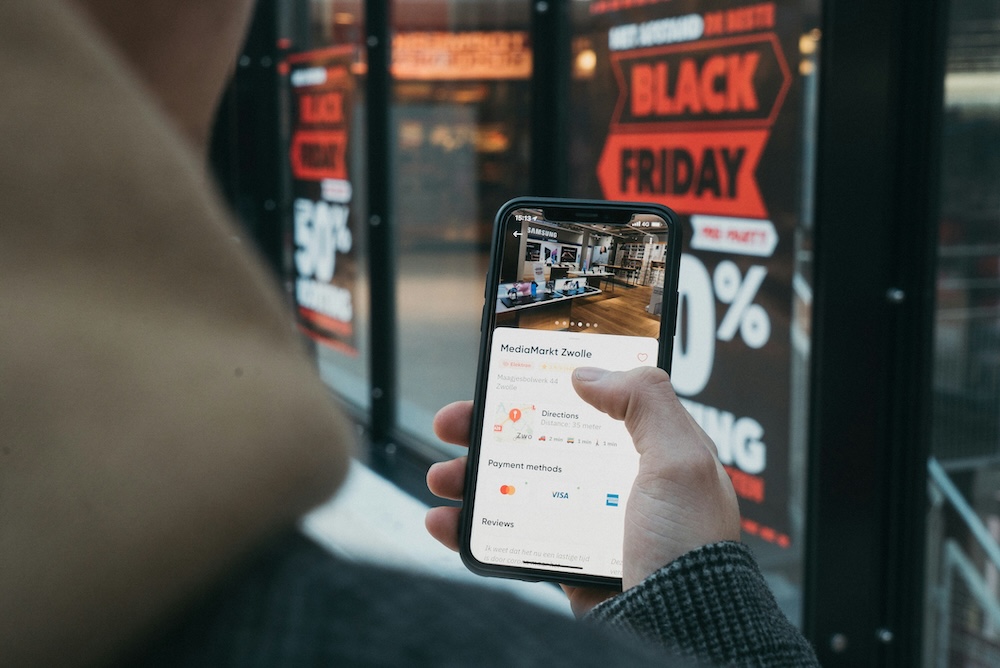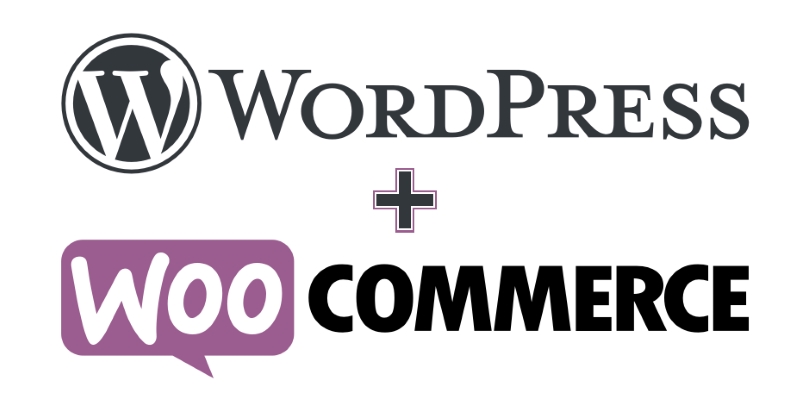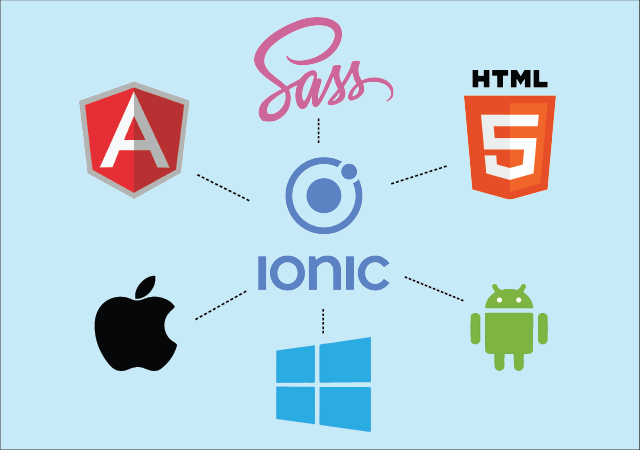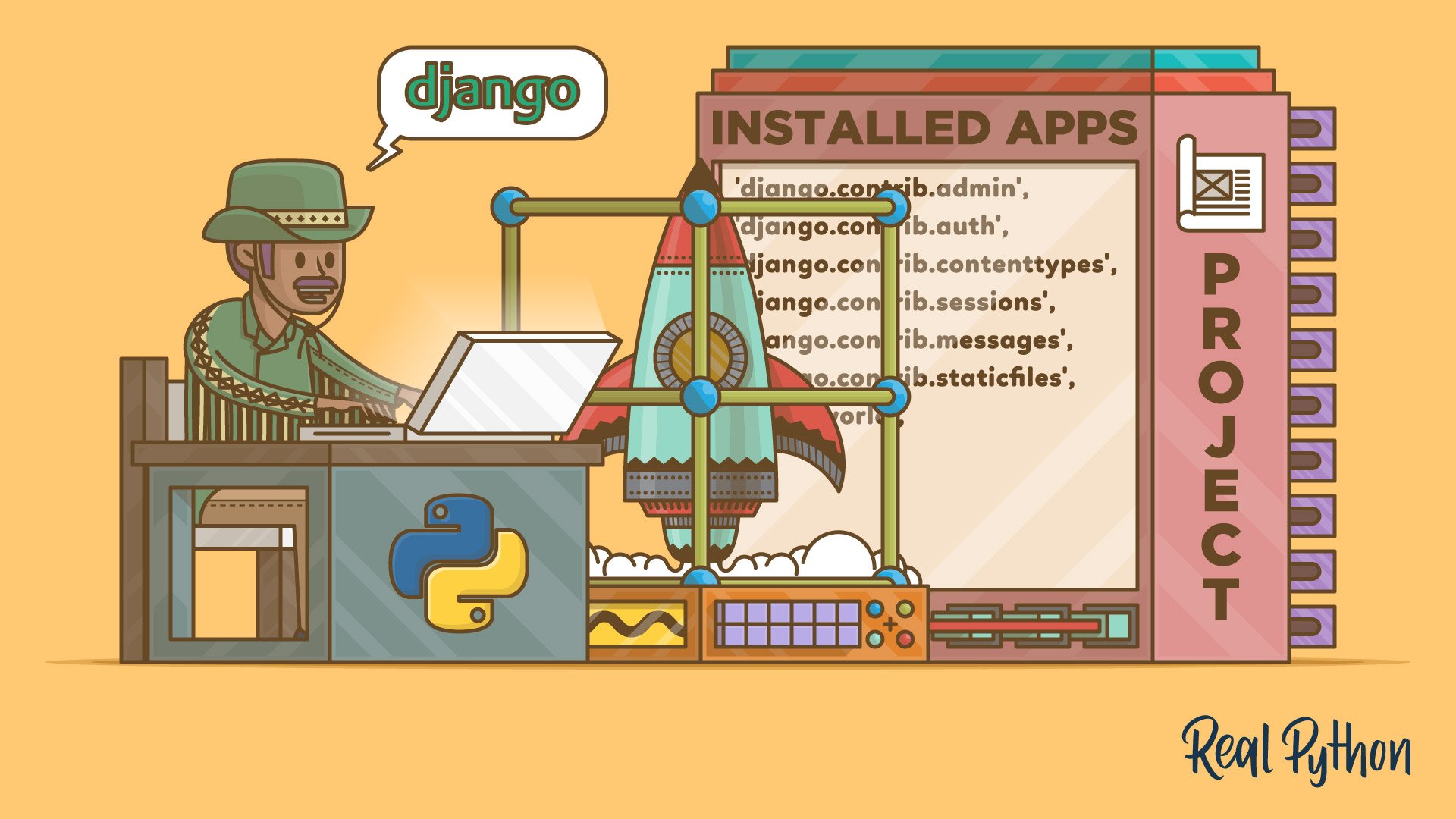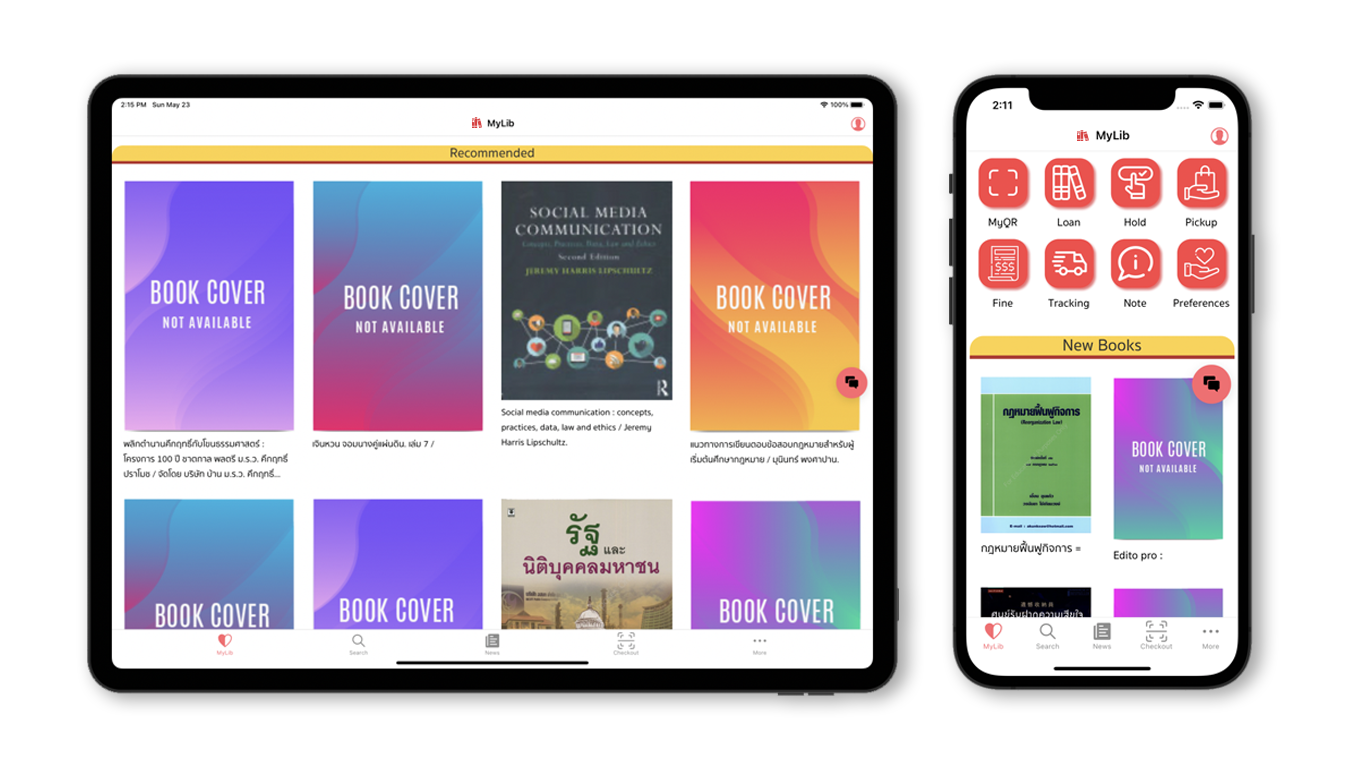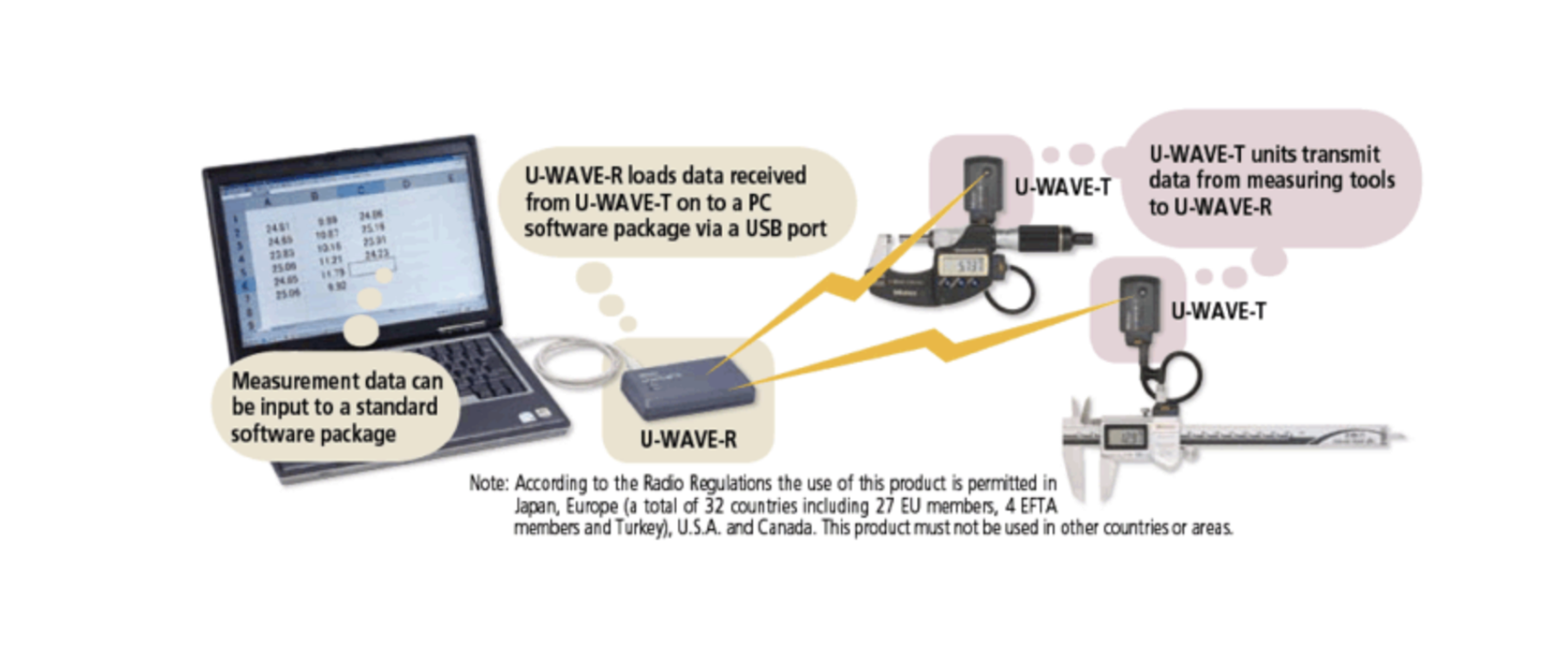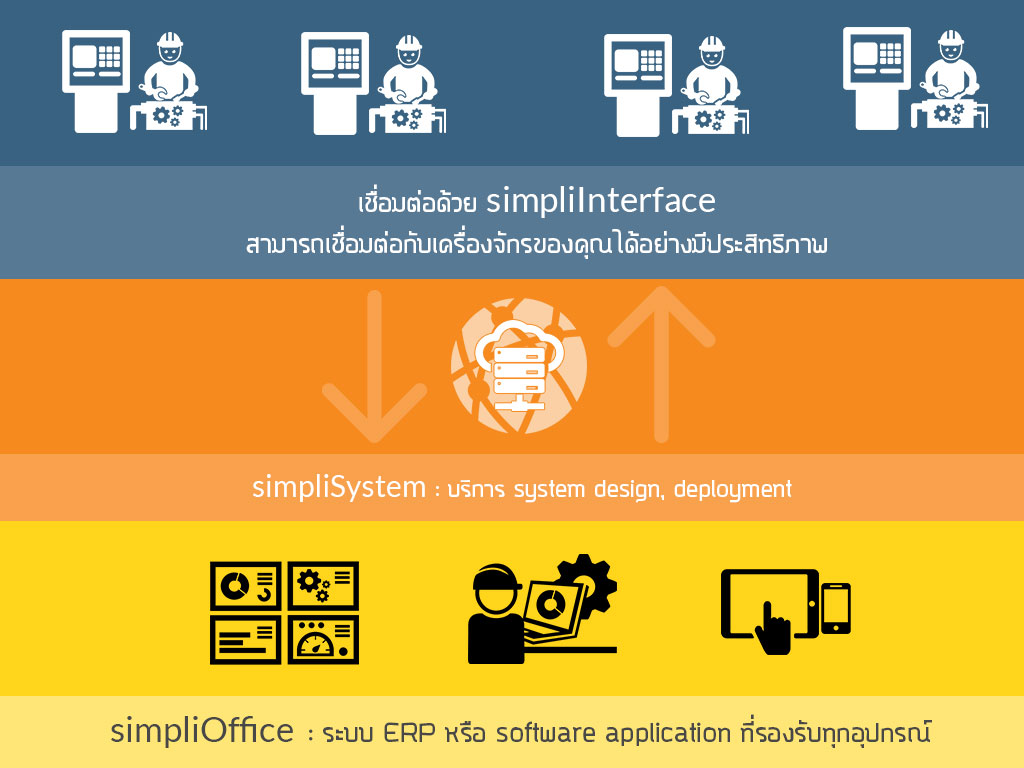How to Write Use Cases That Really Speak Your Customers’ Language
When we start a new project, it’s tempting to list features: “Add login, build a dashboard, connect payments.”
But features alone don’t tell us what customers really need.
That’s where use cases come in.
A use case is simply a story about how a real person uses your product to get something done. It’s not about fancy technical jargon or flowcharts. It’s about stepping into your customer’s shoes and asking:
👉 “What’s the moment they open my app? What do they want to achieve? What happens next?”
🌟 What Makes a Good Use Case?
Think of a use case as a conversation between a person and your system.
- The person (actor) says: “I want to do X.”
- The system replies: “Okay, here’s what happens next.”
- The story continues until the person reaches their goal — or hits a problem and takes another path.
That’s it. Simple. Human. Relatable.
🎯 Why This Matters
- It keeps you focused on goals, not features.
- It’s a language that business, tech, and design can all understand.
- It forces you to think about the “what ifs” — invalid passwords, failed payments, lost internet connections.
- It gives testers and developers a clear script to follow.
✍️ How to Write One (Step by Step)
- Start with the actor: Who’s using the system?
- Define the goal: What do they want to achieve?
- Set the scene: Preconditions (what’s true before) and the trigger (what kicks it off).
- Write the happy path: The simple, successful story.
- Add the twists: What if something goes wrong?
- End with results: Success and failure outcomes.
📝 Real-World Use Case Examples
1. Place an Order (E-Commerce)
Actor: Customer
Goal: Buy products online
Story:
- Customer reviews their cart.
- The system shows a summary with prices and shipping.
- Customer enters shipping details and chooses payment.
- Payment goes through.
- The system confirms the order and sends an email.
What ifs?
- Wrong address? → Ask to fix it.
- Card declined? → Try another method.
2. Reset Password
Actor: Registered User
Goal: Get back into their account
Story:
- User clicks “Forgot password.”
- System asks for their email.
- User enters it.
- System sends a reset link.
- User clicks the link, sets a new password, and logs in.
What ifs?
- Email not registered? → Show error.
- Link expired? → Ask them to request again.
3. Track a Package
Actor: Customer
Goal: Check where their order is
Story:
- Customer clicks “Track Order.”
- System pulls status from the courier.
- Tracking info is displayed with delivery date.
What ifs?
- Courier system down? → Show “try later.”
- Invalid tracking? → Suggest contacting support.
4. Post a Job (Smart Farming App)
Actor: Farm Owner
Goal: Hire help for farm work
Story:
- Owner clicks “Post New Job.”
- They enter details: task, date, pay.
- System saves it.
- Nearby workers are notified.
- Workers apply.
What ifs?
- Missing details? → Prompt to fill in.
- No workers nearby? → Suggest widening search.
💡 Final Thoughts
Writing use cases is not about filling templates or making documents for the shelf. It’s about telling the story your customers would tell if they were explaining your product to a friend.
So next time you sit down in the morning, don’t just think: “What feature should I build?”
Instead, ask:
👉 “What’s the story my customer is living today — and how does my product help them succeed?”
That’s where real product value starts.
Get in Touch with us
Related Posts
- 为什么政府中的遗留系统替换往往失败(以及真正可行的方法)
- Why Replacing Legacy Systems Fails in Government (And What Works Instead)
- Vertical AI Use Cases Every Local Government Actually Needs
- 多部门政府数字服务交付的设计(中国版)
- Designing Digital Service Delivery for Multi-Department Governments
- 数字政务服务在上线后失败的七个主要原因
- The Top 7 Reasons Digital Government Services Fail After Launch
- 面向市级与区级政府的数字化系统参考架构
- Reference Architecture for Provincial / Municipal Digital Systems
- 实用型 GovTech 架构:ERP、GIS、政务服务平台与数据中台
- A Practical GovTech Architecture: ERP, GIS, Citizen Portal, and Data Platform
- 为什么应急响应系统必须采用 Offline First 设计(来自 ATAK 的启示)
- Why Emergency Systems Must Work Offline First (Lessons from ATAK)
- 为什么地方政府的软件项目会失败 —— 如何在编写代码之前避免失败
- Why Government Software Projects Fail — And How to Prevent It Before Writing Code
- AI 热潮之后:接下来会发生什么(以及这对中国企业意味着什么)
- After the AI Hype: What Always Comes Next (And Why It Matters for Business)
- 为什么没有系统集成,回收行业的 AI 项目往往会失败
- Why AI in Recycling Fails Without System Integration
- ISA-95 vs RAMI 4.0:中国制造业应该如何选择(以及为什么两者缺一不可)



